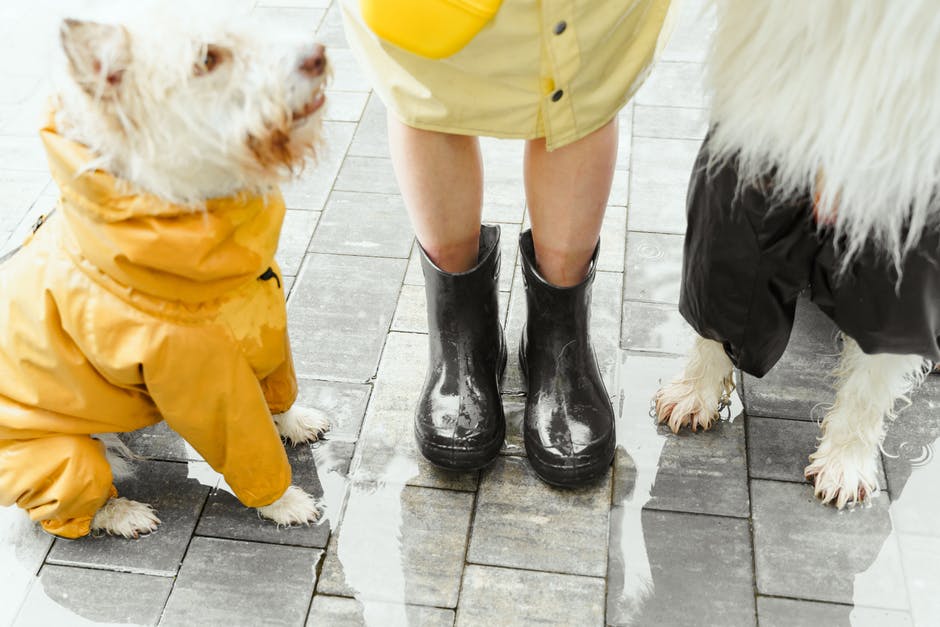Pay attention to the source of the whining
Most dogs, when scared or anxious, whine. But not all whines are created equal. Where a human might find one type of noise (a dog bark) very annoying, another animal may treat it as a growl or warning signal.
In fact, you’ll often hear animals other than humans complaining or threatening. They’re just expressing their frustration in a different way.
When a dog or cat hears an angry sound, they’re going to have a negative experience. And if you pay close attention to where your pets were trained, this kind of expression is probably not something they’d been taught to control.
By redirecting their energy into crying or running away, however, you can teach them to adjust their behavior more quickly. Because they’re still trying to manage their anxiety through action, only then will they be able to relax and feel comfortable again.
This strategy works with almost every breed and age of puppy. Plus, you’ll probably figure out what set their stomach off before really quick!
Look for the reason the puppy is whining
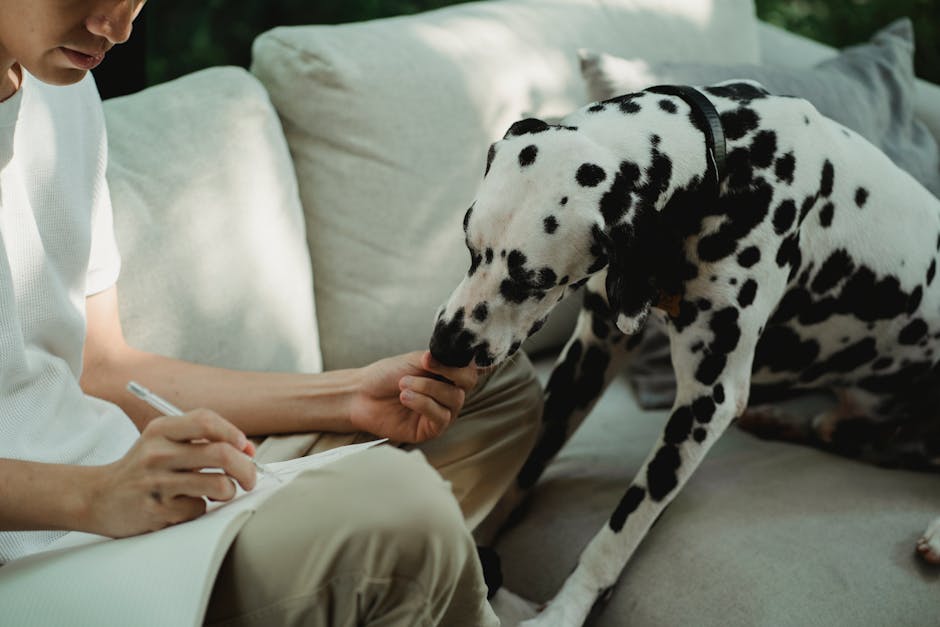
Most times, if you look closely, you will find that the cause of your dog’s constant whinning is simply physical discomfort or hunger.
In order to solve this problem, you first need to understand what causes a dog to whine. A small ache in their throat area is what makes a canine whine. So if you have sore muscles, pain from an injury, or just feel uncomfortable in your current circumstances, then your pet may choose to vocalize their discontent.
People Also Search For – The Types Of Dogs That Whine, And How To Train Them
To help resolve this issue, start by paying attention to when your dog cries or complains. If they do not express any form of dissatisfaction such as crying or complaining, see a veterinarian or vet immediately.
They might be suffering from a chronic medical condition like renal failure which requires complex treatment including supplementation.
If you notice your dog expressing discomfort, take them to the vet to get checked out. This way you can rule out any serious issues before taking care of them at home.
Make sure the puppy is happy and content
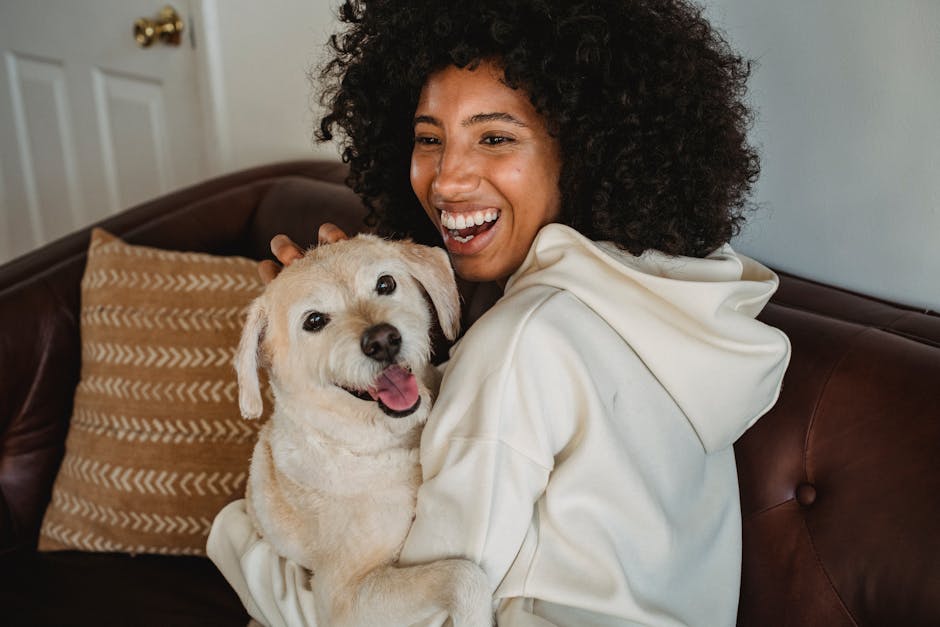
A young dog can be taught not to whine with lots of patience and routine
Rough handling will only make things worse and longer periods of crying will stop training progressing quickly.
Dogs behave in one of two ways when they are asked to do something they disagree with: they either agree to put up no resistance at all, or they fight trying to tell you how to get them to do what you want by being hard enough.
They also learn through repetition, so each time they hear the sound of your voice, they understand that it’s going to happen again. They haven’t learned that noise means “no food” yet, but once they realize why you like hearing them say “yes”, then they’ll start saying it more often.
You need to pay attention and remember that this process takes much longer than people learning new commands. It should never be taken lightly.
The best way to train a noisy dog is to avoid giving in to their begging and whining every time there’s a loud noise or action taking place. This keeps them engaged and aware of what is happening.
Let them see that yelling and hand waving makes them feel better even if it doesn’t change anything.
Help them connect feeling angry or frustrated with a vocalization that works for them.
It may take weeks or months before you notice any changes in their whining.
Provide lots of attention
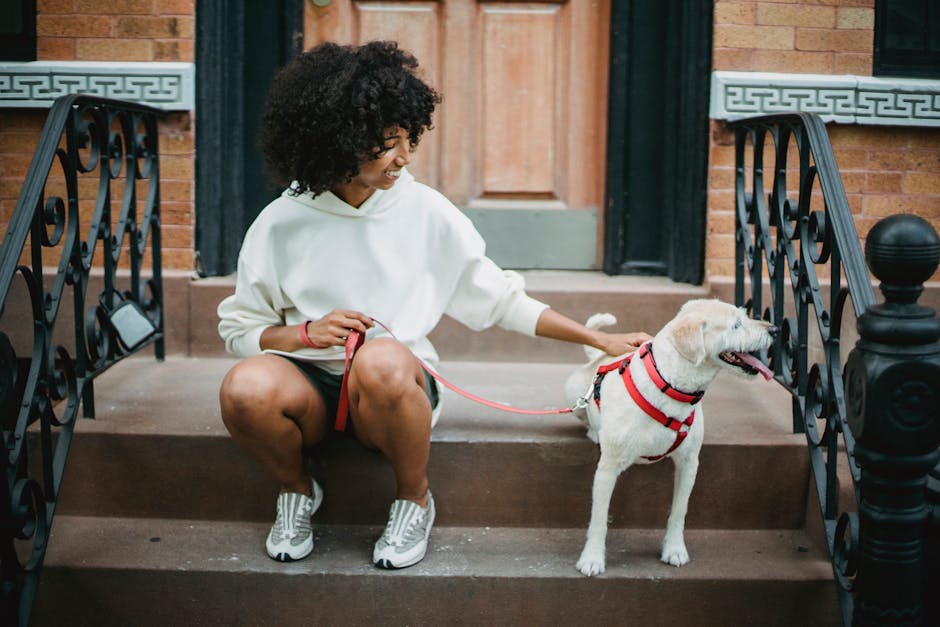
Most dogs, whether they are puppies or not, need a large amount of attention from their owners. If you give your dog only limited time with you, it will likely end up being very anxious and whining about this life limitation.
Because whining is such an aggressive behavior, it’s usually a sign that something unpleasant has happened. For example, if you withdraw love and attention from someone, they may respond by crying or complaining.
If you notice your puppy is going through a stage where it wants to bark or growl all the time, try providing some extra attention and see if that helps reduce the aggression. Of course, these methods don’t work long-term, so provided just one hour of attention per day.
Some people write notes and put them around the house; others invest in video games designed specifically to train pups. One note advice, but ones geared toward toys and commands can be found at www.helloweenpugcafe.com.
Consider getting the microchip inserted into your puppy before taking it home. This ensures that there is no history of relevant diseases and that it belongs to a registered owner.
Provide appropriate guidance
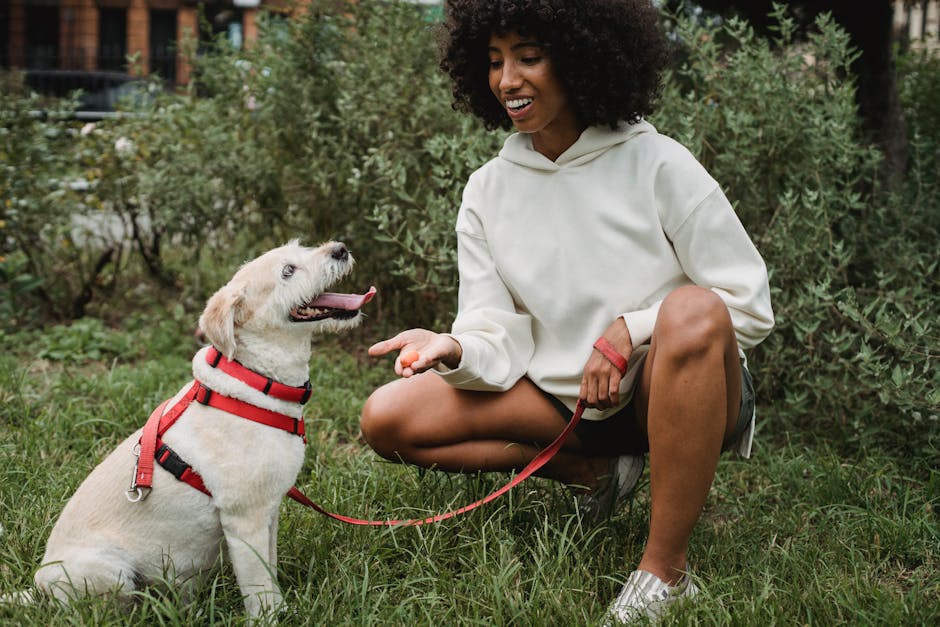
Throughout your puppy’s life, you will consistently provide examples that serve as cues as to how he should behave.
You will be telling him “sit,” “stay,” and “come here” long before he is able to understand those words.
Thus, his brain creates its own model of what these actions mean. And since you are modeling the behavior, he thinks that’s what it means to do them.
He learns that sitting = being told to sit, staying = holding/positioning the dog, and come here=being held back from the room where they are.
By using other verbal commands and noises, you can easily teach your dog many different types of behaviors. For example, let’s say you use the phrase “tell me when she stops” when referring to your dog.
The first time she hears this sentence, she will need an internal command (a word or sound that tells her to pause) in order to register that this is asking her to perform an action.
After several weeks of repeating this phrase again and again, she will learn that whenever she hears that noise, she needs to stop what she’s doing and pay attention.
Once she understands that pattern, you can start to combine it with another cue (another way to tell her to stop), such as saying “hurry up
Wait for the puppy to learn to think for himself

There is no way to make a dog stop whining except by waiting. You can try crying, hitting, or using threatening noises, but they will only make him want to cry more.
If you know how to be quiet and still, then you can train your dog to learn something new. The key is to keep the next step of training clear and easy.
You can walk away from your puppy when he stops complaining if you feel scared or frustrated. Then, come back later after some time has passed and repeat so that he learns to think for himself.
Also, making any kind of a sound just makes it worse. Thumping and banging things is one method people use to get a dog to “know” what sounds like. However, this simply encourages the dog to copy his master’s voice, which usually ends up with even harder barking and much less respect.
The best way to prevent a dog from whining is to avoid giving in to its demands. It may take months or years, but eventually the whine will go away on its own. Sometimes you have no choice but to capitulate to the demand.
Don’t try to teach the dog to whine
Most dogs don’tsplode into howls when they want something, even if they can’t make noise. They simply give up and take a narky breath.
Dogs are very intelligent creatures, but they have one of the biggest brains-to-body ratios of any animal. This means their intelligence is concentrated in such small bodies, which makes them vulnerable to overheating and injury.
Fortunately, you can train your puppy to stop whining before he learns to bite or scratch.



